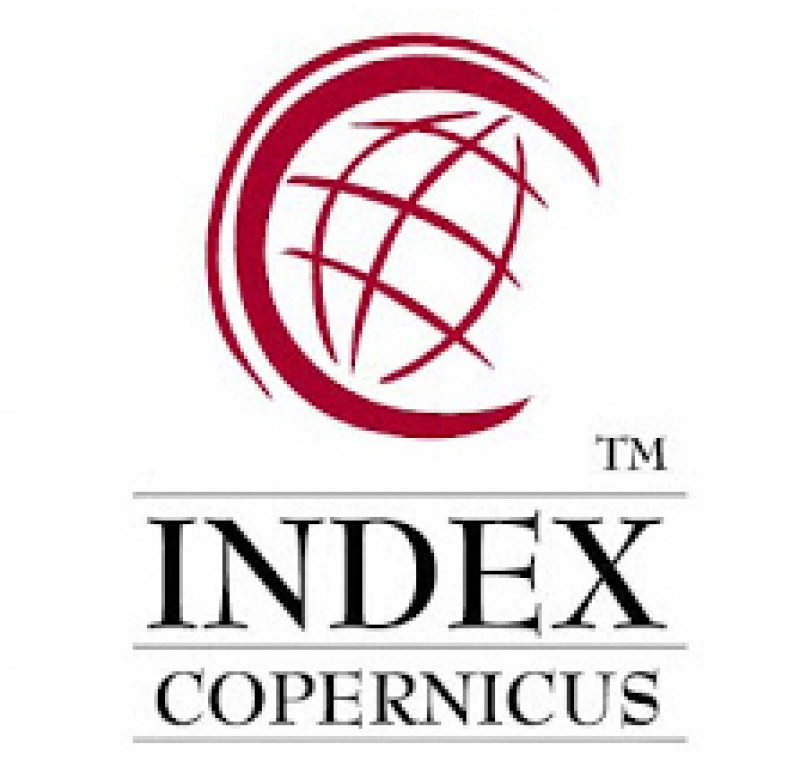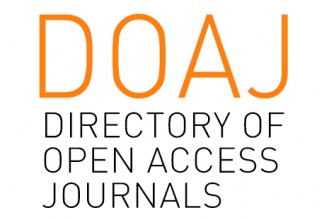Characteristics Of Mangrove Batik In Kutawaru Urban Village, Cilacap Regency, Central Java
Abstract
Batik Mangrove is a typical batik of Kutawaru Village, Cilacap Regency, Central Java which is the result of a new creation of the local community which then spreads widely in Kutawaru Village to become one of the visual attractions that attracts many people because Batik Mangrove has a unique motif and is different from the many existing batik motifs, so it has its own characteristics. In addition to having interesting and unique visuals, Batik Mangrove motifs provide an opportunity for the local community of Kutawaru Village to revive the batik industry by lifting the natural wealth or potential that exists in the area. In writing this article, it has produced a study of Batik Mangrove Kutawaru including: 1) The existence of Batik Mangrove in Kutawaru Village begins with the curiosity of the people of Kutawaru Village about the utilization of mangrove forests in their area so that an idea emerges so that there is a batik center in the area. 2) Examine in more detail about what motifs are in Batik Mangrove and their philosophies 3) Describe Batik Mangrove according to each motif according to the idea description with the mangrove or mangrove forest ecosystem in Kutawaru Village.
Keywords
Full Text:
PDFReferences
Ali Matthew. (2011). Aesthetics: Philosophy of Art. Karang Mulya.
Luxor Studio. National Cultural Research Institute (LRKN)-LIPI Team, (1984).
Doellah, H. S. (2002). Batik Influenced by Age and Environment. Solo. Danar Hadi.
Eaton, M. M. (2010). Basic Problems of Aesthetics. Jakarta. Salemba
Humanika. Endarmoko, E. (2006). Indonesian thesaurus. Jakarta. Gramedia.
Feldman, E. B. (1967). Art as image and idea, the university of Georgia, Prentice- hall, Inc. Englewood cliffs, new jessey. Journal.
Gie, T. L. (1996). Philosophy of Beauty. Yogyakarta. Center for Learning Useful Sciences (PUBIB).
Gustami, S. (2007). Pearl Grains of Eastern Aesthetics: Basic Ideas for Indonesian Craft Art Creation. Yogyakarta. Prasista.
Karmila, M. (2010). Variety of Traditional Fabrics of the Archipelago (Meaning, Symbol, and Function). Jakarta: Bee Media Indonesia.
Lailia Khasanah, Farah, et al. (2019). Study of Kutawaru Mangrove Batik Motifs. Journal, 16, 51.
Munandar, U. (1992). Developing Talent and Creativity in School Children: A Guide for Teachers and Parents. Jakarta. PT Gramedia Widiasarana Indonesia.
Musman, Asti, et al. (2011). Batik - The Adiluhung Heritage of the Archipelago. Student Library.
Peurseun, C. A. van. (1988). Cultural Strategy. Yogyakarta. Canisius.
Prawirohardjo, O. S. (2011). Classic Batik Patterns: The Forgotten Hidden
Message. Yogyakarta. Student Library.
Pringgenis, D, D. (2013). Application of Mangrove Natural Dyes for Batik Materials as Business Diversification in Assisted Villages of Semarang Regency. Info Magazine XV Edition.
Ranjabar, J. (2006). Indonesian Social and Cultural System. Bogor. Ghalia Indonesia.
S.P, S. (2006). The Art Trilogy: Creation, Existence, and Usefulness of Art.
Yogyakarta. Publishing Agency of ISI Yogyakarta.
Sachari, A. (2007). Indonesian Visual Culture. Jakarta. Erlangga.
Sahman, H. (1993). Getting to know the world of fine arts. Semarang. IKIP Semarang Press.
Sasanawati, D. (2015). Sustainable Development Report. Jakarta. PT Holcim Indonesia Tbk.
Sumardjo, J. (1999). Art Theory. Bandung. ITB.
Susanto, S. S.. (1980). The Art of Indonesian Batik Crafts. Yogyakarta. Research Center for Batik and Crafts.
Sutopo. (1956). Batik Manual. Jakarta. Djambatan.
Tirtaamidjaja, N., Jasir Marzuki, and Anderson, B. R. O. G. (1966). Batik, Pattern and Motif. Jakarta. Jambatan.
Toekio M, S. (1987). Getting to Know Indonesian Ornamental Variety. Bandung: Angkasa.
DOI: http://dx.doi.org/10.18415/ijmmu.v11i12.5307
Refbacks
- There are currently no refbacks.
Copyright (c) 2024 International Journal of Multicultural and Multireligious Understanding

This work is licensed under a Creative Commons Attribution-NonCommercial-NoDerivatives 4.0 International License.
https://ijmmu.com
editor@ijmmu.com
facebook.com/ijmmu
Copyright © 2014-2018 IJMMU. All rights reserved.



































